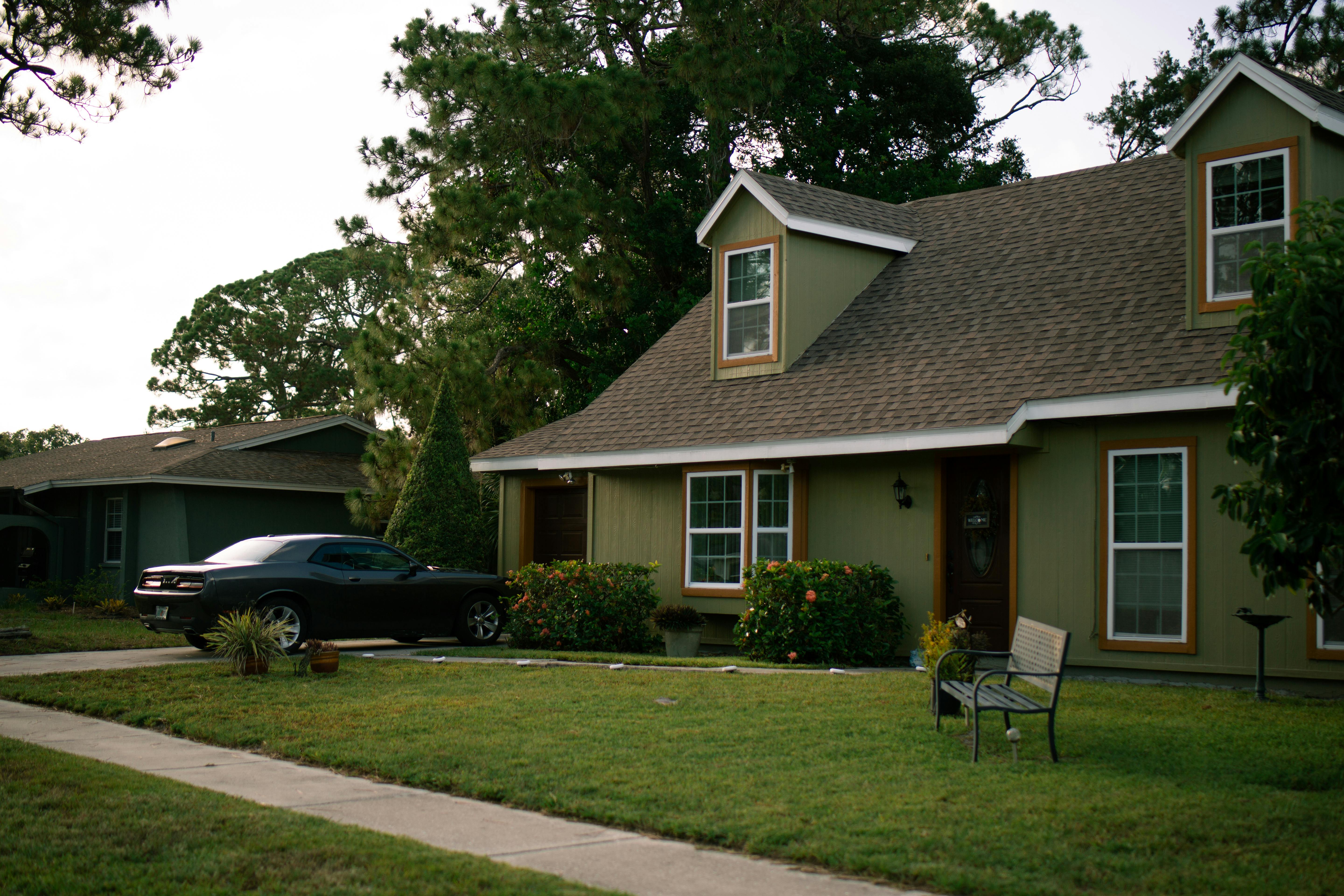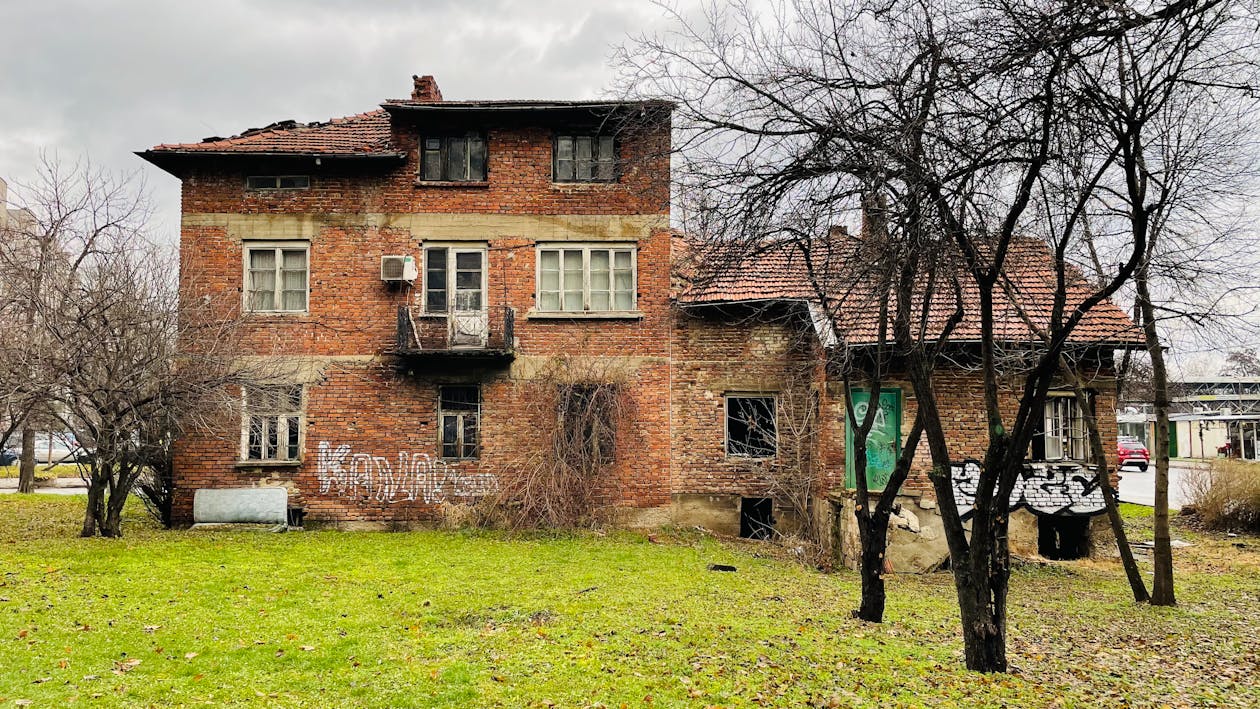Landlord Blog
Education and news for smart DIY landlords!
HOA Landscaping Rules: What’s Allowed, What’s Not, and Why It Matters

Homeowners Associations (HOAs) play a vital role in maintaining the appearance, value, and harmony of residential communities. One of the most common and sometimes contentious areas they regulate is landscaping. While it may seem like a simple matter of planting flowers or trimming hedges, HOA landscaping rules are often detailed and strictly enforced for important reasons. Understanding what’s allowed, what’s not, and why these rules matter can help homeowners avoid penalties and contribute to a well-kept neighborhood.
What’s Typically Allowed

HOAs usually provide a set of approved landscaping guidelines that detail what homeowners can do with their yards. These rules often permit:
- Maintaining Lawns: Well-trimmed grass, proper irrigation, and regular weeding are usually required. Lawns should be kept green and healthy.
- Planting Approved Trees and Shrubs: Many HOAs have lists of approved trees and plants that are native or non-invasive. These plants are selected for their aesthetic appeal and low maintenance.
- Flower Beds and Garden Borders: Homeowners can typically plant flowers as long as they are well-maintained and fall within specific design parameters.
- Mulch and Decorative Rock: These materials are often permitted to enhance garden beds, provided they match community aesthetics.
- Professional Landscaping Services: Using licensed landscapers is usually encouraged, especially for larger or more complex yard designs.
Discover: 10 Landscaping Ideas for Small Yards
What’s Not Allowed

Just as HOAs have lists of acceptable landscaping elements, they also restrict certain practices to maintain uniformity and curb appeal. Common prohibitions include:
- Artificial Turf: Some HOAs prohibit synthetic grass due to appearance or environmental concerns, even if it reduces water use.
- Invasive Plants: Certain plants, such as bamboo or ivy, may be banned due to their aggressive growth patterns and potential to damage property.
- Unapproved Trees: Planting large or messy trees like eucalyptus or cottonwood may be restricted due to their potential to damage sidewalks or sewer lines.
- Personal Decorations or Ornaments: Excessive lawn decorations, statues, or non-conforming lighting may be restricted to preserve a clean, cohesive look.
- Neglected Yards: Overgrown grass, dead plants, or cluttered outdoor spaces typically violate HOA standards and may incur fines.
Why It Matters
Landscaping rules may seem restrictive, but they serve multiple important purposes. Primarily, they help maintain property values. A neighborhood with well-kept lawns and tidy gardens is more attractive to potential buyers and reflects pride of ownership. These rules also contribute to community aesthetics, creating a uniform and visually appealing environment that enhances residents’ quality of life.
Additionally, landscaping regulations often promote safety and environmental health. For instance, trimming bushes near sidewalks or driveways improves visibility, and banning invasive species helps protect local ecosystems. Uniform landscaping also reduces conflict between neighbors by setting clear expectations and minimizing disagreements over yard appearance.
Final Thoughts
While HOA landscaping rules may limit some personal choices, they play a crucial role in preserving the beauty, safety, and value of a community. Homeowners who take the time to understand and follow these guidelines not only avoid fines but also contribute to a more pleasant and unified living environment.
